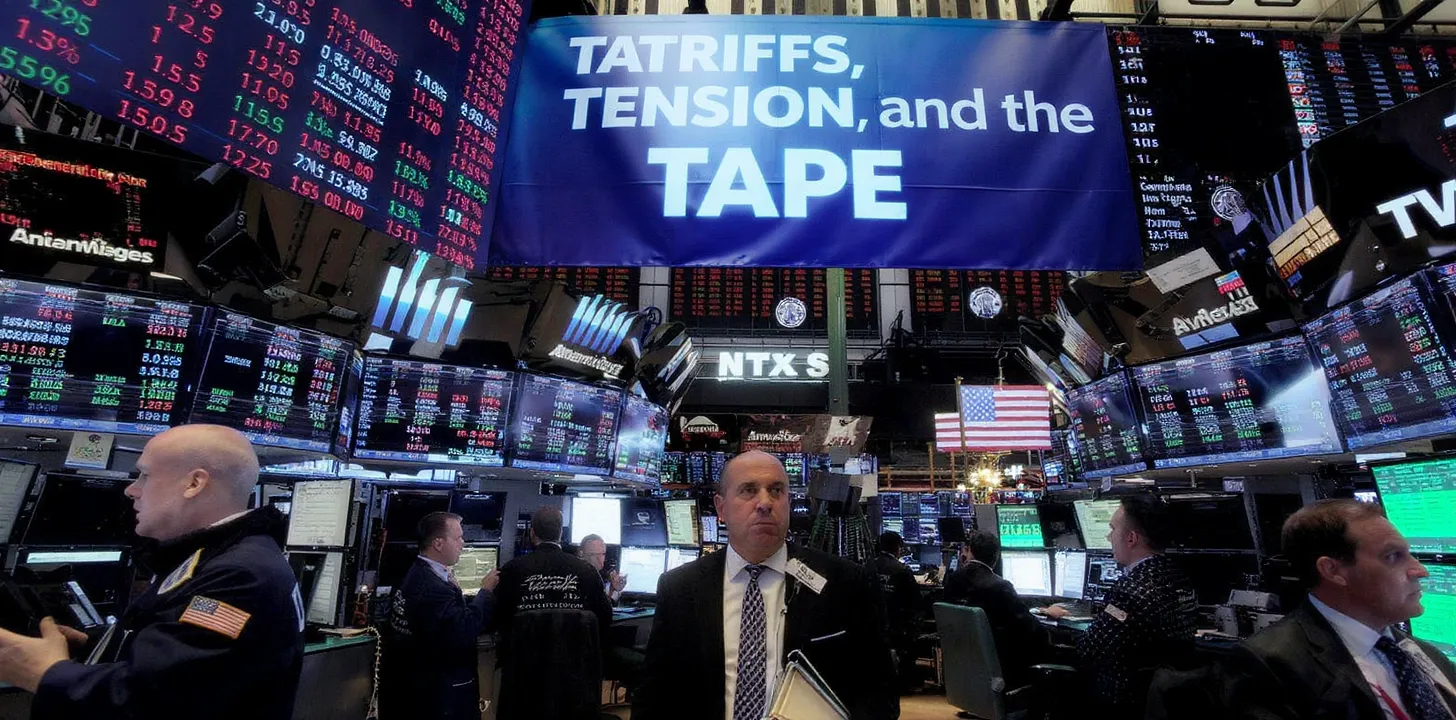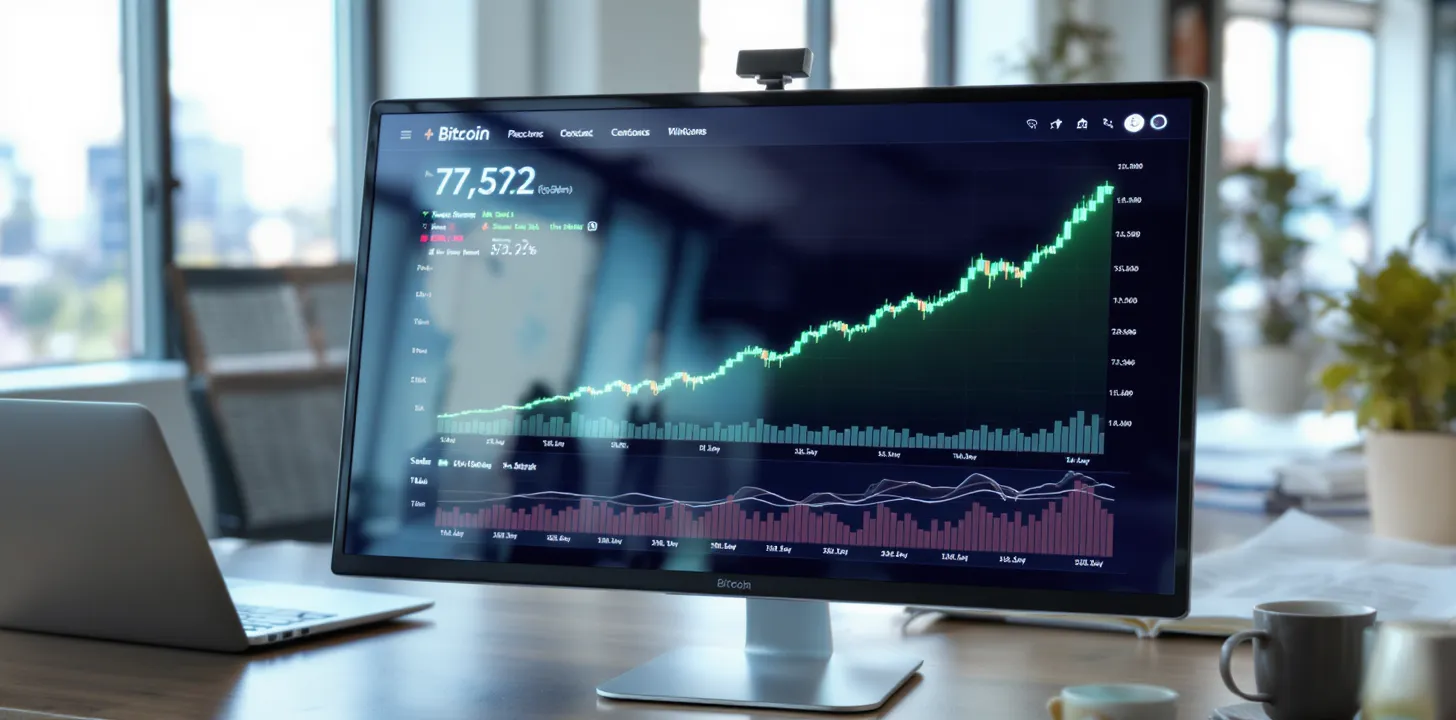Understanding Market Biases and Risk Characteristics in Currency Pair Trading: A Sharpe Ratio Analysis
Abstract
This analysis examines the inherent market biases and risk characteristics present in currency pair trading through the lens of the Sharpe ratio framework. The study explores how various market microstructure elements influence risk-adjusted returns and investigates the implications for portfolio optimization in foreign exchange markets.
Introduction
The foreign exchange market's unique characteristics—including its 24-hour nature, high liquidity, and inherent interconnectedness—create distinct patterns of market bias that significantly impact trading outcomes. This analysis focuses on quantifying these biases through the application of the Sharpe ratio, providing a robust framework for evaluating risk-adjusted returns in currency trading.
Theoretical Framework
The Sharpe Ratio in Currency Markets
The Sharpe ratio, defined as:
S = (Rp - Rf) / σp
Where:
- Rp represents the return of the portfolio
- Rf represents the risk-free rate
- σp represents the standard deviation of portfolio returns
takes on particular significance in currency markets due to the presence of bilateral exchange rates and interest rate differentials. The metric must be modified to account for the unique characteristics of currency pairs, including:
- The embedded interest rate differential (carry)
- The presence of concurrent long and short positions
- The non-normal distribution of returns
Market Biases in Currency Trading
Structural Biases
Several structural biases influence currency pair trading:
- Forward Rate Bias: The systematic deviation between forward rates and realized spot rates creates persistent opportunities for carry trade strategies, though these must be evaluated within the Sharpe ratio framework to account for tail risks.
- Liquidity Premium: Major currency pairs exhibit different liquidity characteristics during various trading sessions, leading to time-zone-specific risk premiums that affect the Sharpe ratio calculation.
- Central Bank Policy Bias: The tendency of central banks to smooth interest rate changes creates predictable patterns in currency movements, though these must be weighted against increased volatility during policy transitions.
Risk Characteristics Analysis
Volatility Patterns
Currency pairs demonstrate distinct volatility patterns that significantly impact the Sharpe ratio:
- Intraday Volatility: Major currency pairs show systematic variations in volatility across trading sessions, with peaks occurring during overlap periods between major markets.
- Regime-Dependent Volatility: Risk characteristics vary substantially between risk-on and risk-off market environments, necessitating dynamic adjustment of position sizing and risk management parameters.
Cross-Pair Correlations
The correlation structure between currency pairs exhibits several notable characteristics:
- Regional Clustering: Currencies within geographic regions often display heightened correlations, affecting portfolio diversification benefits.
- Safe-Haven Effects: Traditional safe-haven currencies demonstrate distinct correlation patterns during market stress, impacting portfolio risk characteristics.
Implications for Trading Strategy Development
Portfolio Construction
The analysis of market biases and risk characteristics through the Sharpe ratio framework suggests several key considerations for portfolio construction:
- Dynamic Position Sizing: Position sizes should be adjusted based on:
- Current volatility regime
- Cross-pair correlation structure
- Market liquidity conditions
- Risk Allocation: Capital allocation should consider:
- The varying Sharpe ratios across different currency pairs
- The temporal stability of observed risk premiums
- The impact of leverage on risk-adjusted returns
Conclusion
Understanding market biases and risk characteristics in currency pair trading requires a sophisticated application of the Sharpe ratio framework. The analysis demonstrates that successful trading strategies must account for both structural market biases and dynamic risk characteristics, while maintaining focus on risk-adjusted returns rather than absolute performance metrics.
Future Research Directions
Future investigations might explore:
- The impact of machine learning algorithms on market efficiency and bias persistence
- The evolution of risk characteristics in response to changing market microstructure
- The development of modified Sharpe ratio calculations specifically tailored to currency markets



